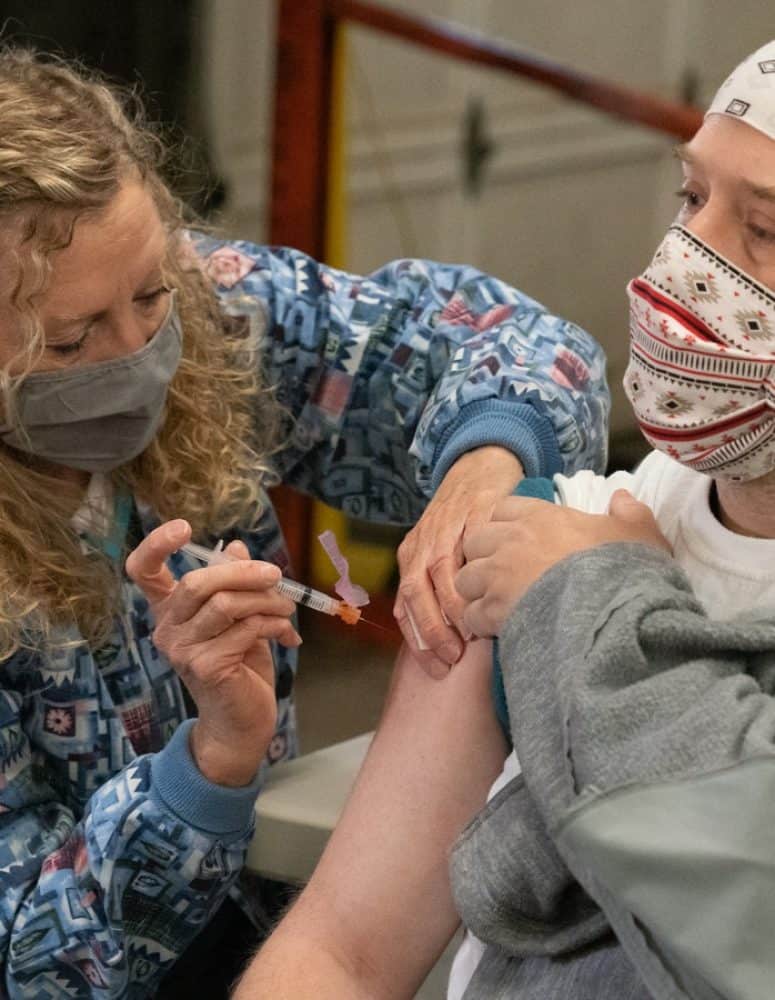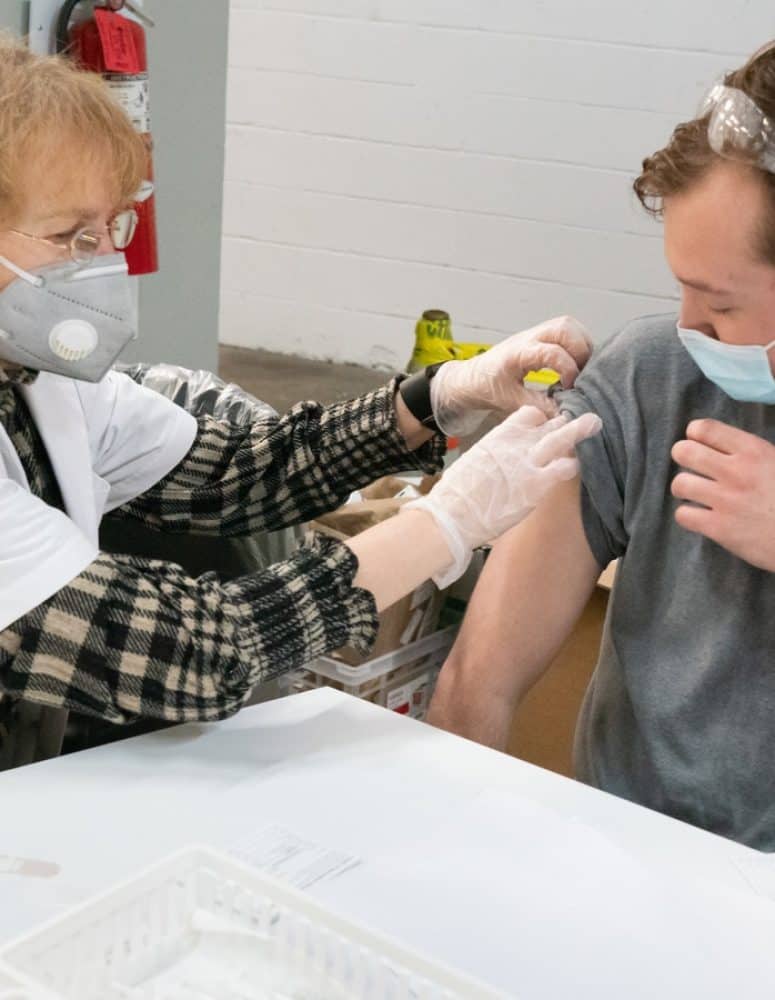How to Talk to Employees About Vaccines
Get the Latest News
Sign up here
As the U.S. vaccine rollout expands to nearly all adults, manufacturers are figuring out how to encourage workers to be vaccinated. To help them, the NAM and The Manufacturing Institute are providing resources and advice through their This Is Our Shot project. Most recently, the project hosted a webinar to help employers frame conversations about vaccines, called Employer COVID-19 Vaccine Communications: Do’s and Don’ts. Here are some of the highlights.
The participants: The webinar was hosted by NAM Vice President of Brand Strategy Chrys Kefalas, the NAM lead of the This Is Our Shot project. It featured Ann Searight Christiano, director of the Center for Public Interest Communications at the University of Florida, and Jack Barry, a postdoctoral research associate for the University of Florida’s Center for Public Interest Communications.
Why communication matters: “The vaccines are becoming widely available and so people are really at a point where they no longer have to wait. It’s time,” said Christiano. “But as employers, you have a great deal of influence and trust with your employees and are well positioned to help build their trust and encourage them to get those vaccines.”
What to think about when you talk about vaccines: According to Christiano and Barry, there are eight factors to think about when developing vaccine communications: worldviews, timing, messengers, narratives, relationships, social norms, emotions and motivations. Christiano and Barry recommend taking people as they are—and responding to their particular identities and values.
Think about who and when: The timing and the messengers are extremely important. National health professionals are far more trusted on pandemic advice than celebrities, for example. People generally want messengers from their own communities, too. Think of the “influencers” in your workplaces—the respected leaders, the trusted employees—and consider using them in your campaigns, say Christiano and Barry.
The message itself: Use specifics to show how important it is to get vaccinated, such as that vaccines allow you to travel or hug your grandparents. And use the themes of choice, regret and control—often cited by vaccine hesitators—and frame them in a positive way to increase vaccine uptake.
Things to avoid: Don’t amplify people’s concerns and avoid appeals to unpleasant emotions like shame and fear, the researchers advise. Consider instead using pleasant emotions like pride, joy and parental love. Consider the motivations of the messenger, too. Be transparent and honest about why you want people to get vaccinated.
The last word: “Our role is to help all manufacturers get fact- and science-based information to safeguard workplaces and communities and to help end this pandemic. We’ll continue hosting webinars, curating the most effective tools available and deploying other research-proven resources at NAM.org/ThisIsOurShot,” says Kefalas.
For more details on how to create communications for your employees, check out the whole presentation here.



